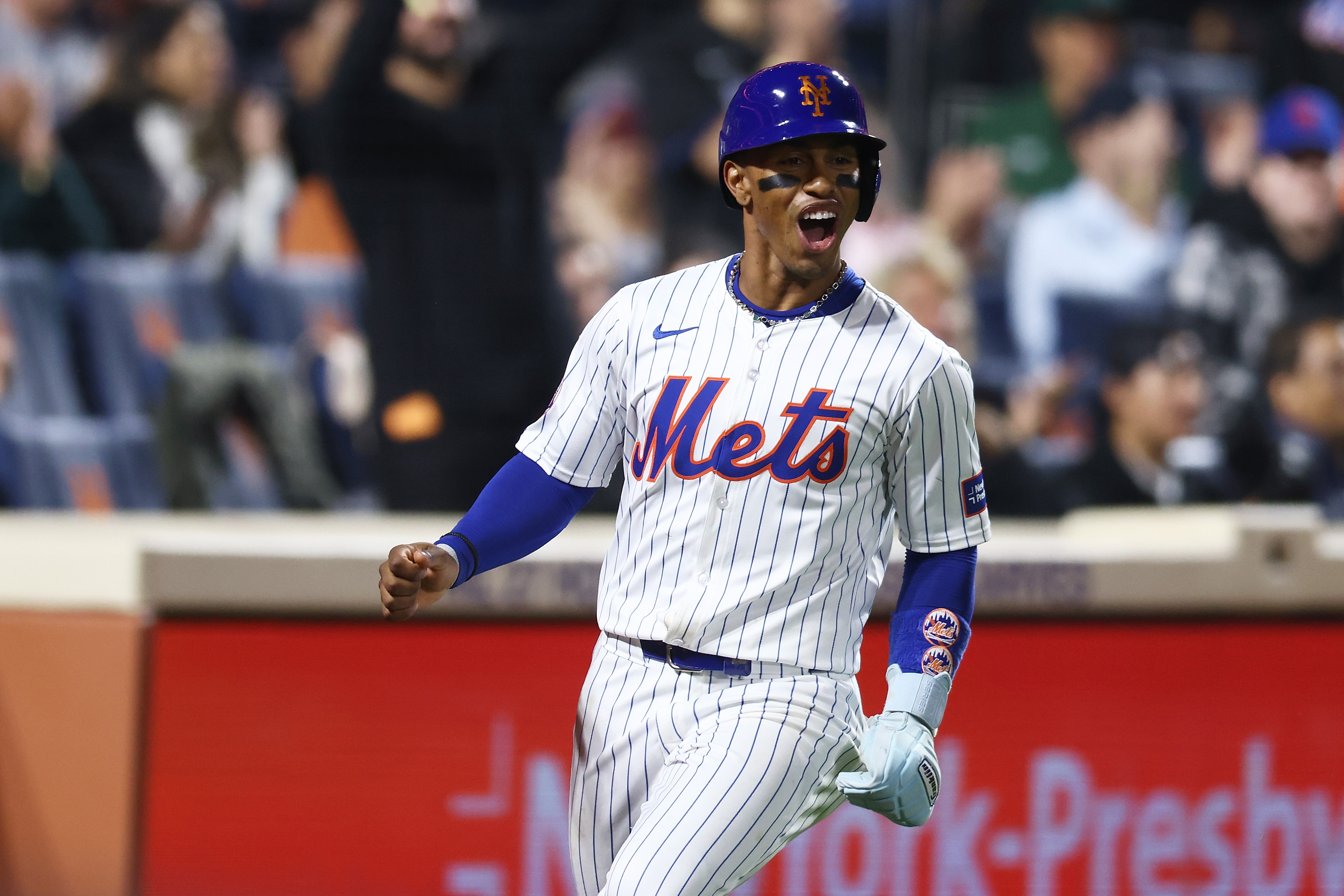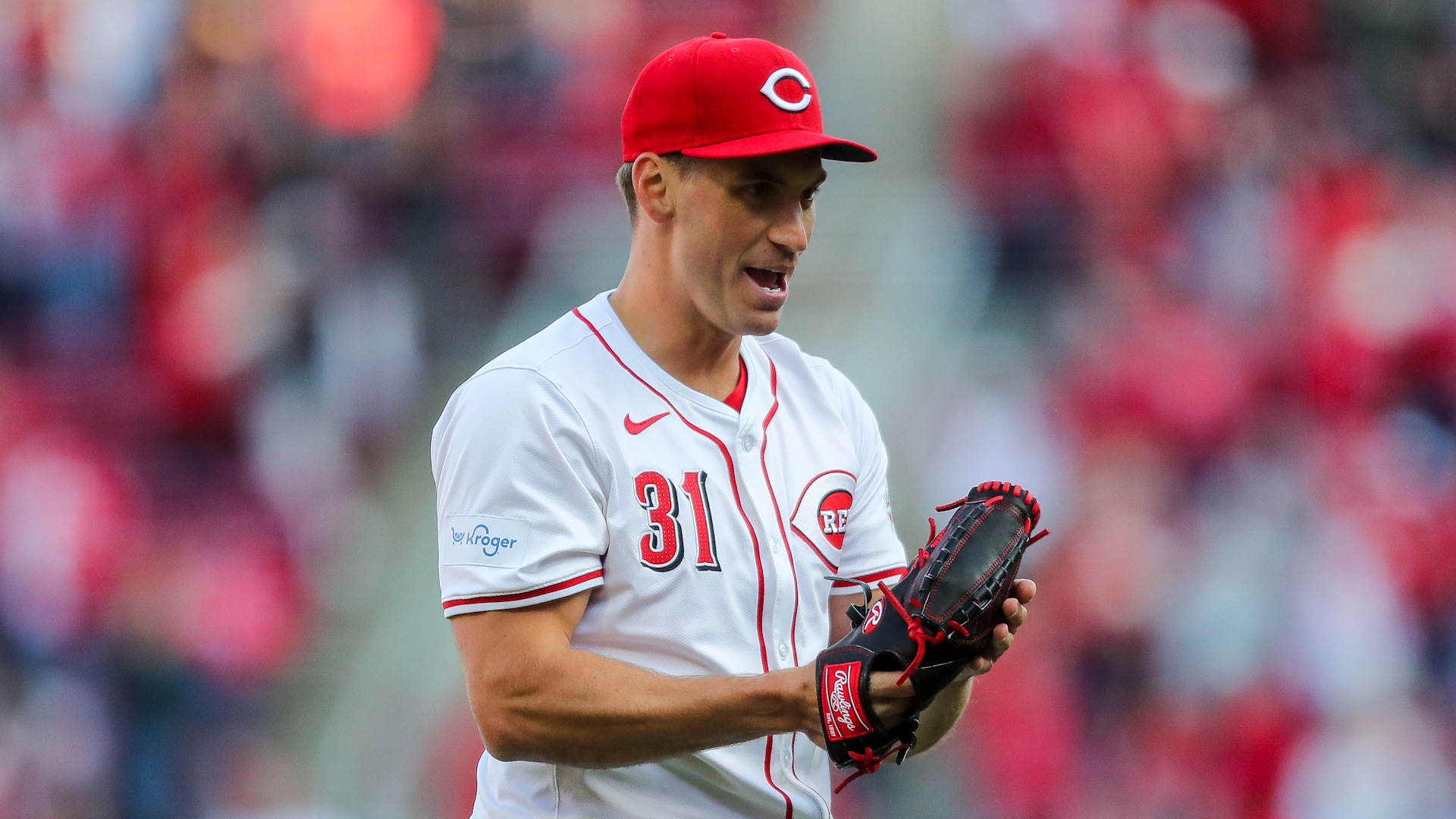
ST. PETERSBURG, Fla. — Any highlight recap of the Phillies’ 2-1 win over the Tampa Bay Rays Friday night would include starting pitcher Vince Velasquez’s strong work on the mound, Carlos Santana’s game-tying hit in the sixth inning, Scott Kingery’s crucial one-out double in the ninth and Jorge Alfaro’s go-ahead single two batters later.
There were some subtle elements to the victory that would not show up in the highlights.
For instance, Odubel Herrera’s catch on a line drive off the bat of Adeiny Hechavarria leading off the bottom of the eighth inning. It was a 1-1 game and Hechavarria scorched a slicing liner to the right of center field, approaching the gap. If the ball falls in, it’s a double and the Rays are just a hit away from taking the lead and three outs from winning the game.
But Hechavarria’s ball died in Herrera’s glove. What’s more, Herrera barely had to move. He had Hechavarria played perfectly.
Last week in New York, the Phillies’ defensive methods were sharply criticized when Amed Rosario launched a ball over the head of Nick Williams, who was playing extremely shallow in right field. The Phillies employed that defense because they believed Drew Hutchison could throw a slider that would result in Rosario’s hitting a weak fly ball to right. This wasn’t knee-jerk, gut-feel stuff. It was all based on extensive data study by the team’s analytics department and coaching staff.
Of course, it didn’t work. Rosario belted a tie-breaking, two-run triple and the Phillies lost that game in New York.
But Friday night, data-driven positioning did work and it helped the Phillies win a game.
MLB
During television broadcasts, you may catch glimpses of Phillies’ outfielders reaching into their back pockets and taking looks at note cards. On those cards are positioning notes for every hitter on the opposing team. When Hechavarria came to the plate in the eighth inning Friday night against right-hander Luis Garcia, Herrera pulled the card from his pocket and found Hechavarria’s name under the right-handed pitcher category. The guideline said L-17, as in move 17 steps to the left from the normal position. For other hitters, it might say R-8/+2. That would be move right eight steps and in two.
This is all another example of how the once old-school Phillies have gone completely new school.
Sam Fuld, the former major league outfielder who is in his first year as the team’s coordinator of player information, first used the cards as a player with Tampa Bay. Hours before each game, Fuld and other members of the coaching staff go over data of opposing hitters’ tendencies and print out laminated cards for the outfielders to carry in their pockets.
“Sometimes we’ll even round the edges,” Fuld joked. “We don’t want anyone getting cut.”
The cards offer a quicker way to position a player than having a coach wave from the dugout. If an adjustment is needed on the fly, assistant pitching coach Chris Young, who also works on positioning outfielders, will rise to the top step of the dugout and do that. Fuld, a liaison between the analytics department and the players, is not permitted in the dugout during games, though he is in uniform for batting practice and works as an outfield coach.
“The information comes from our analytics department, to us, to the card, to the player,” Fuld said.
Baseball is still a human game so Fuld encourages the outfielders to use the cards as a guideline; outfielders are free to follow their instincts, as well. Sometimes, like in New York, this stuff doesn’t work. But sometimes, like Friday night in Tropicana Field, it does work.
“It was on the card and Odubel was right where he was supposed to go,” Fuld said. “It was really exemplary of the team effort that goes into this from the analytics group, to us, down here to the player on the field.”


